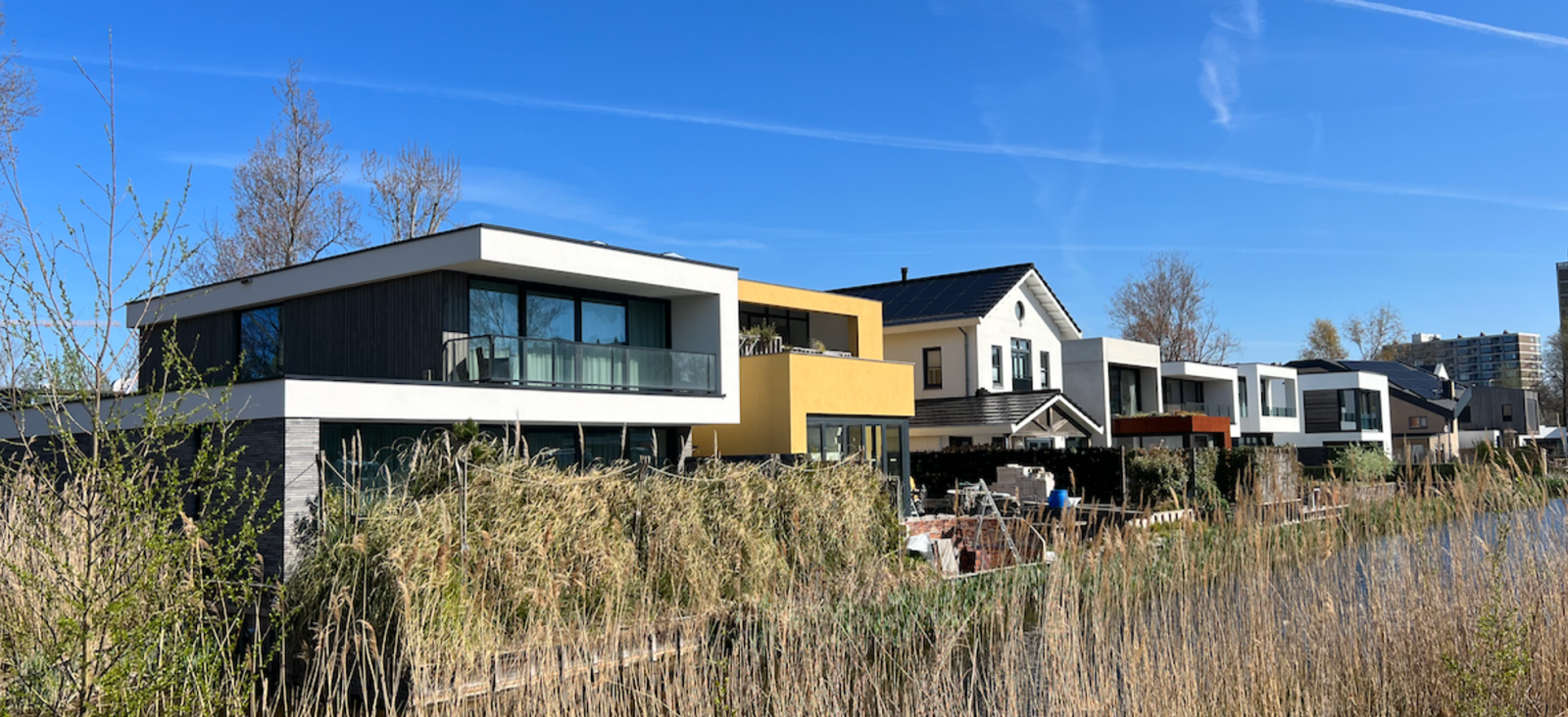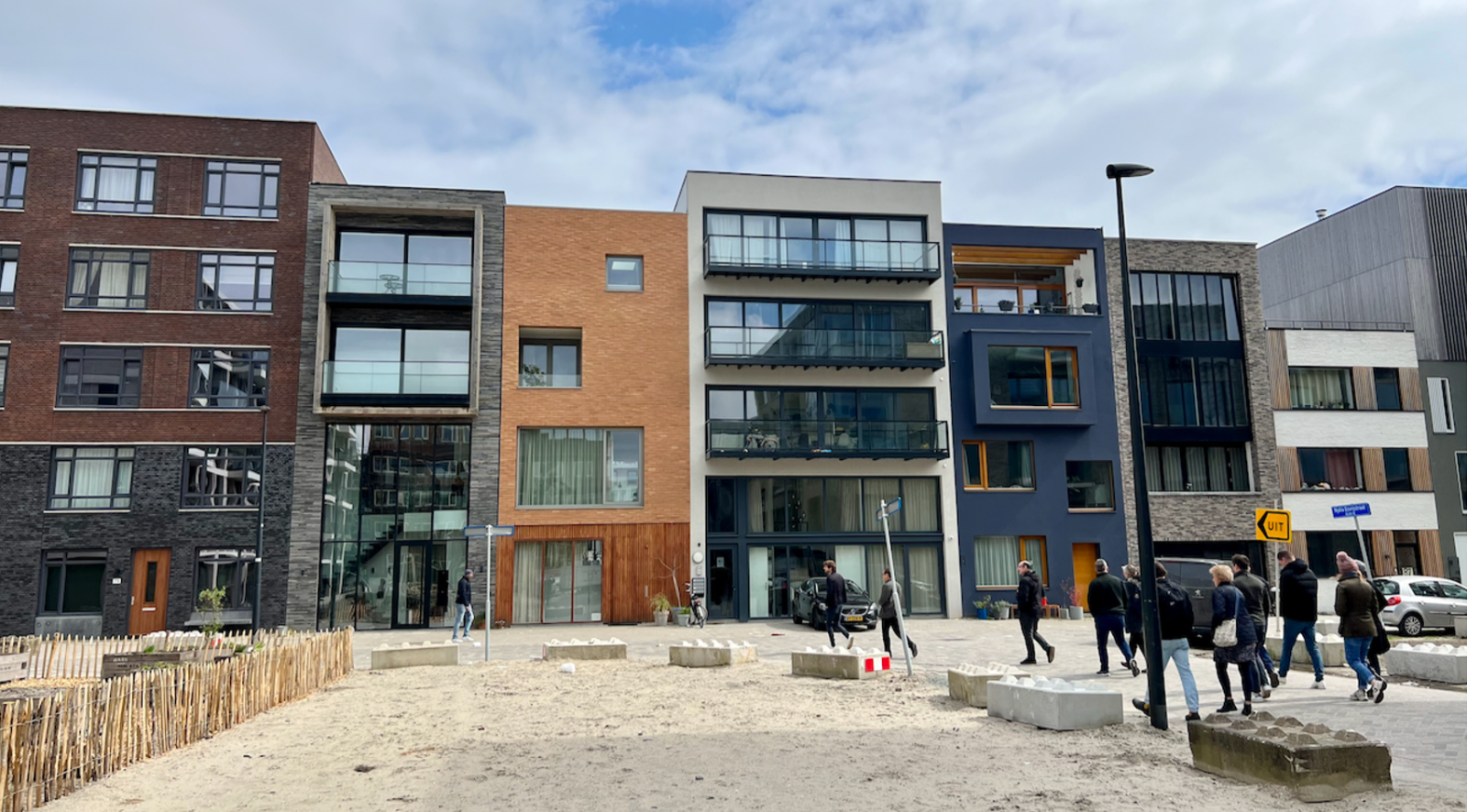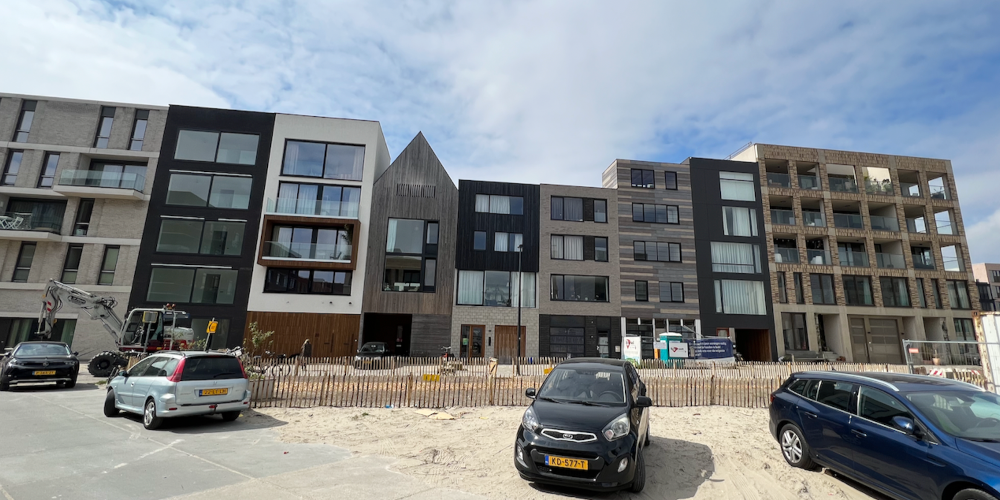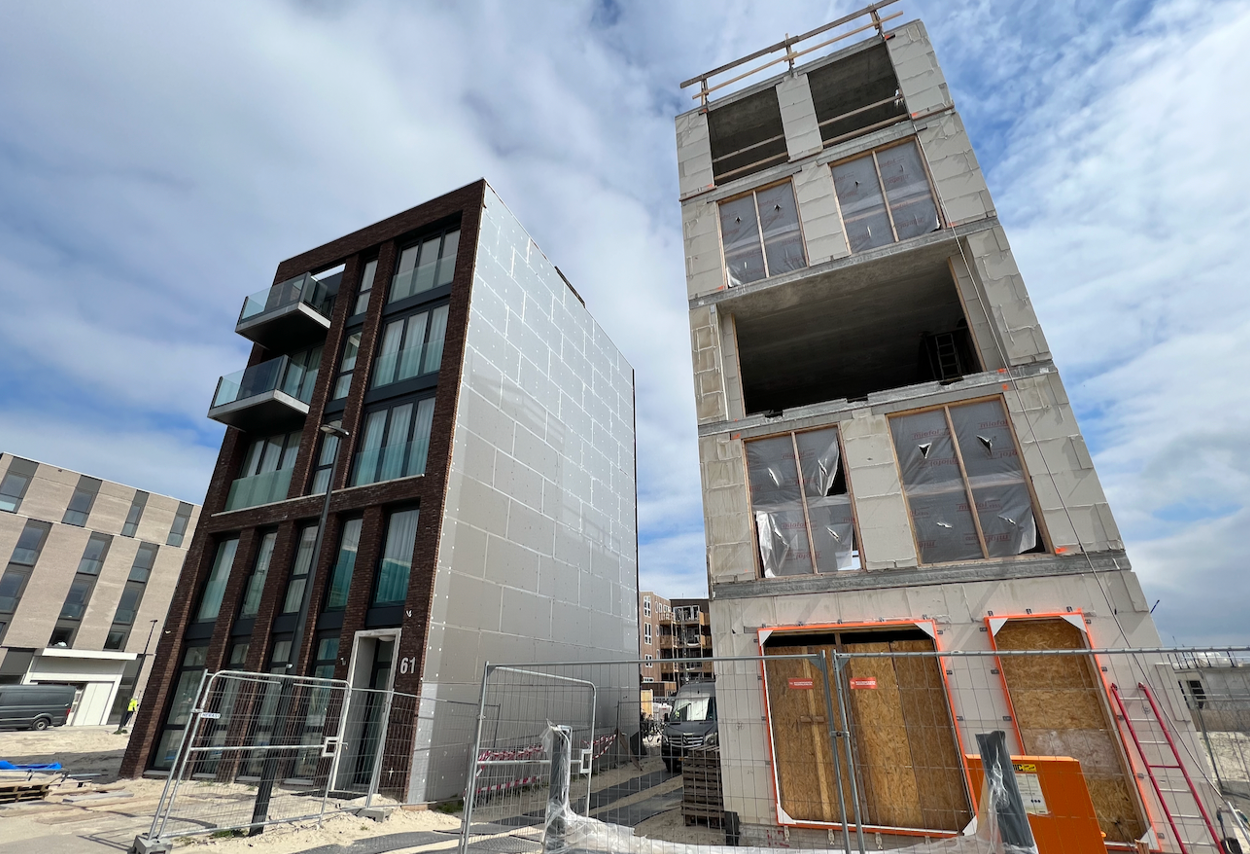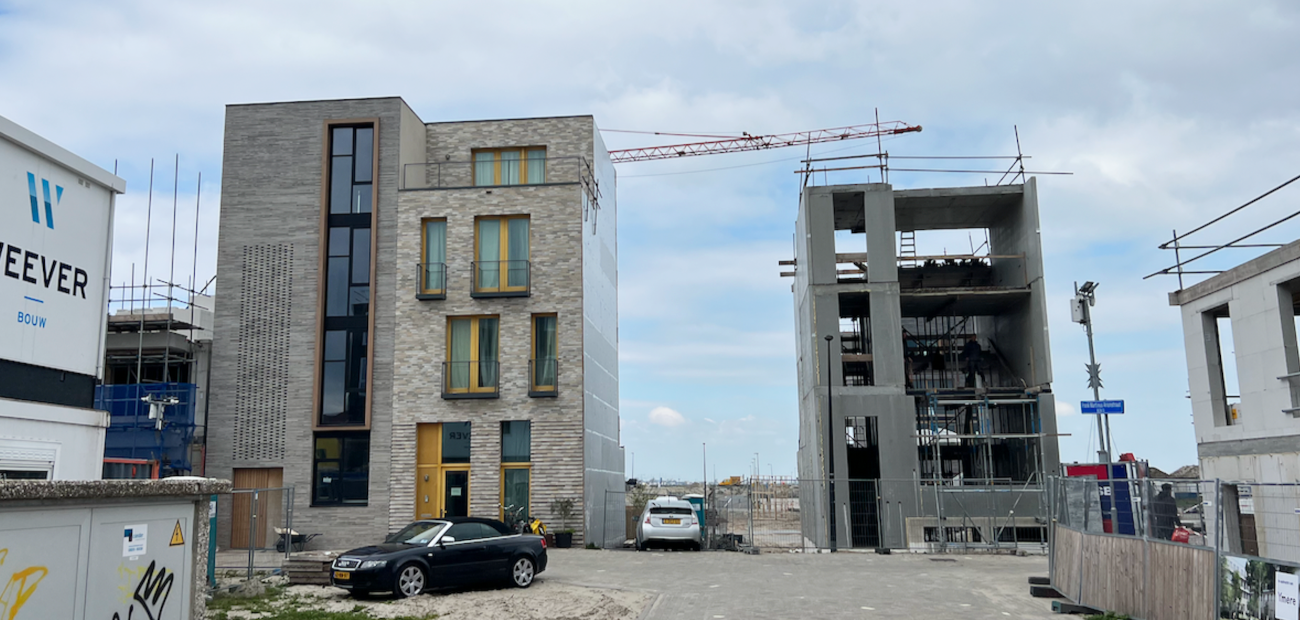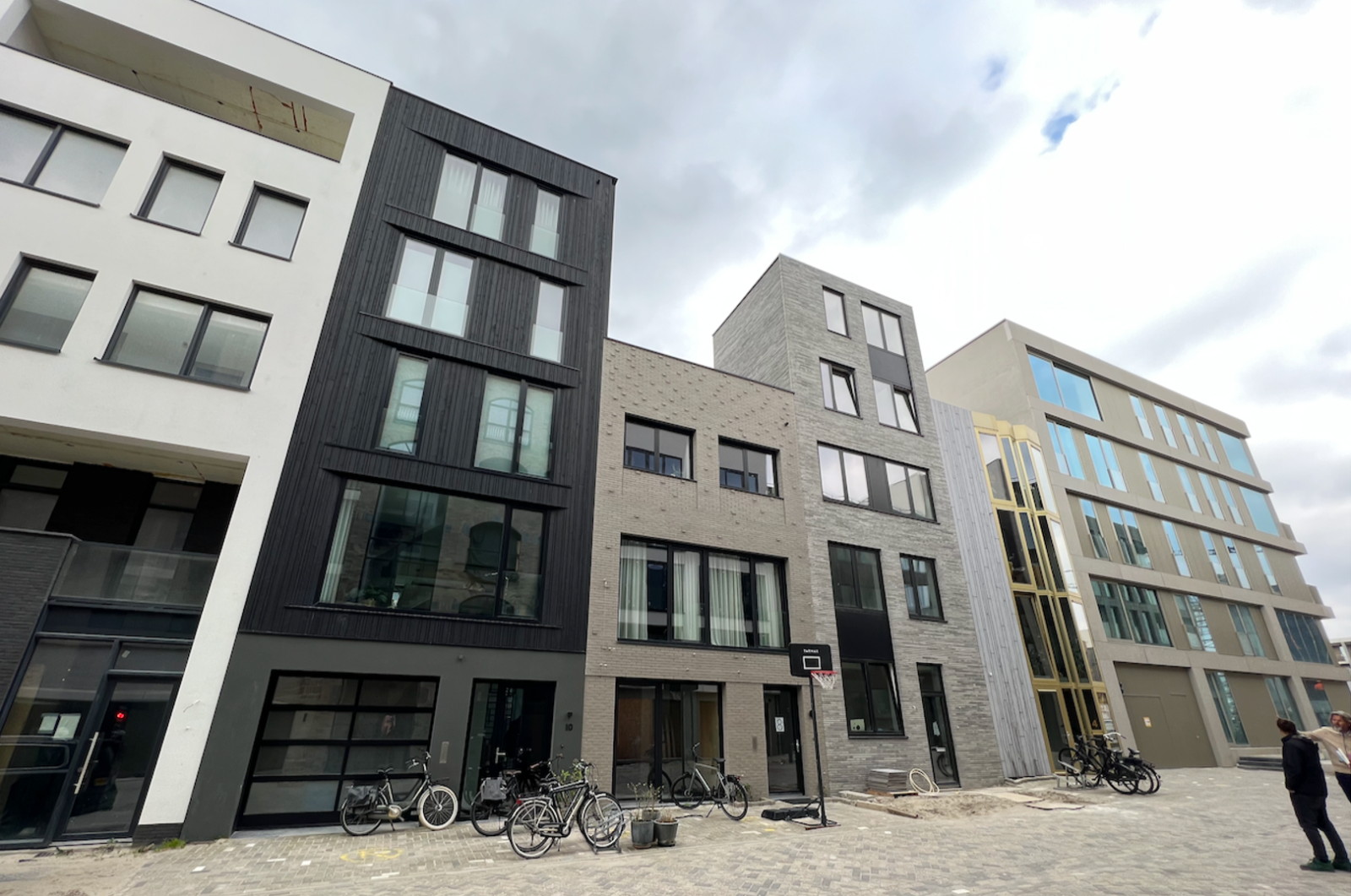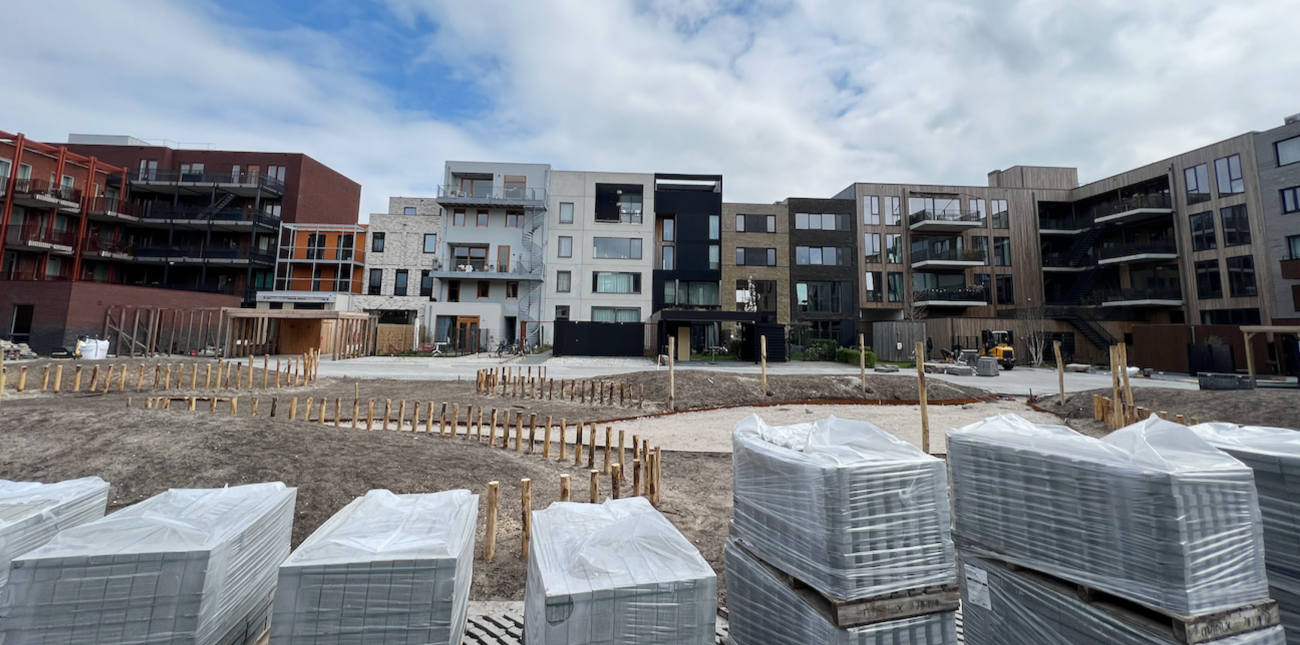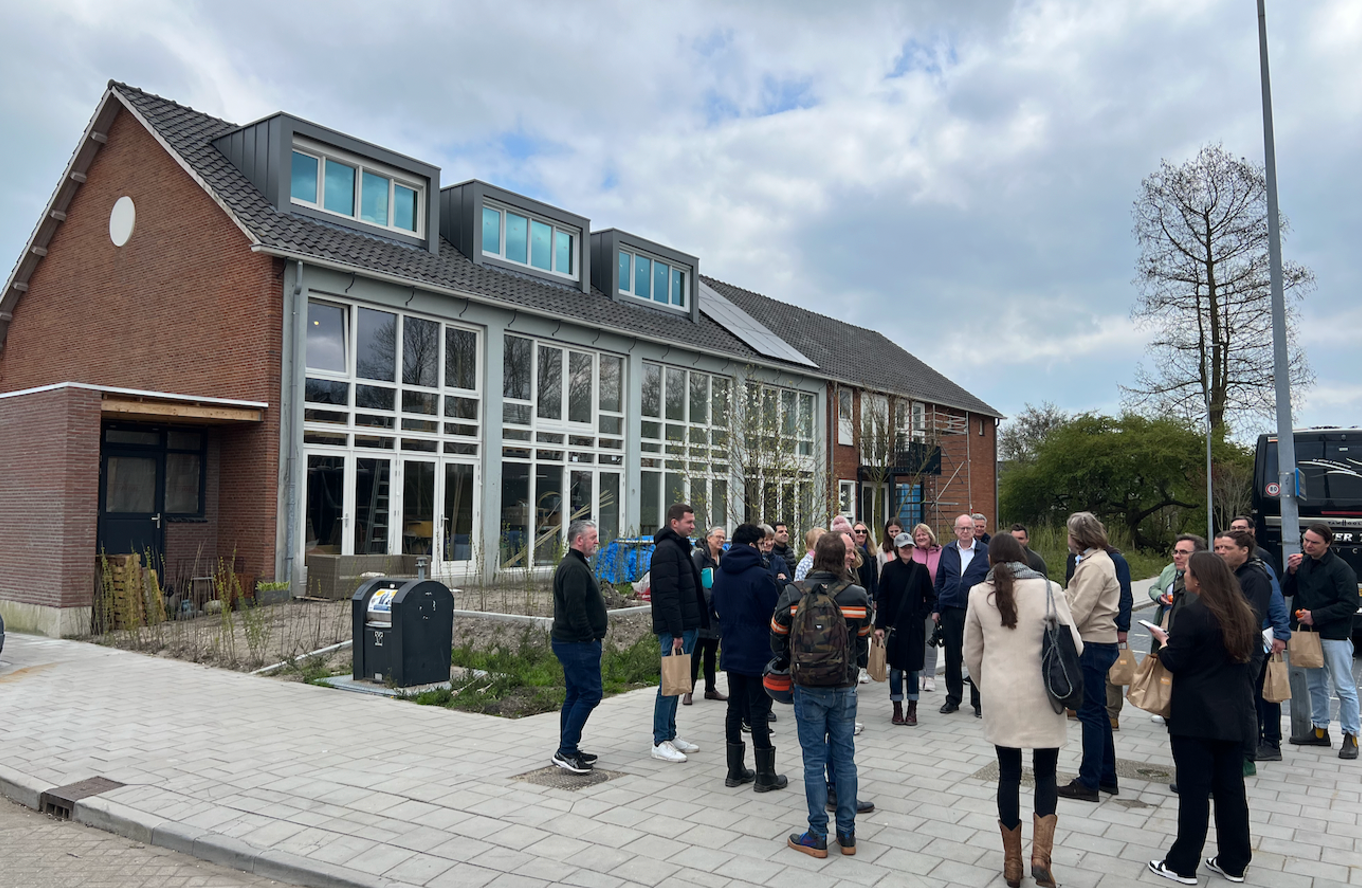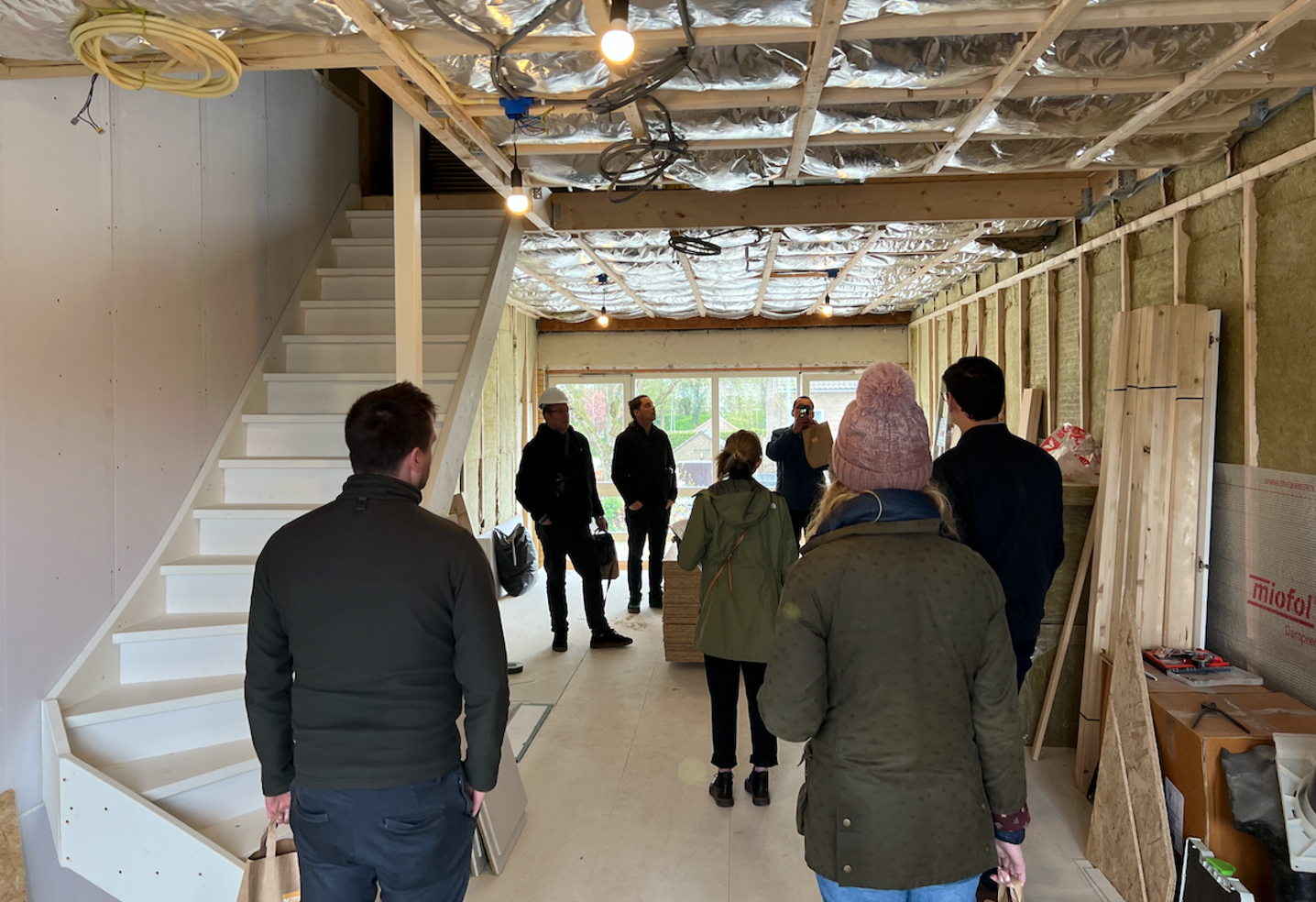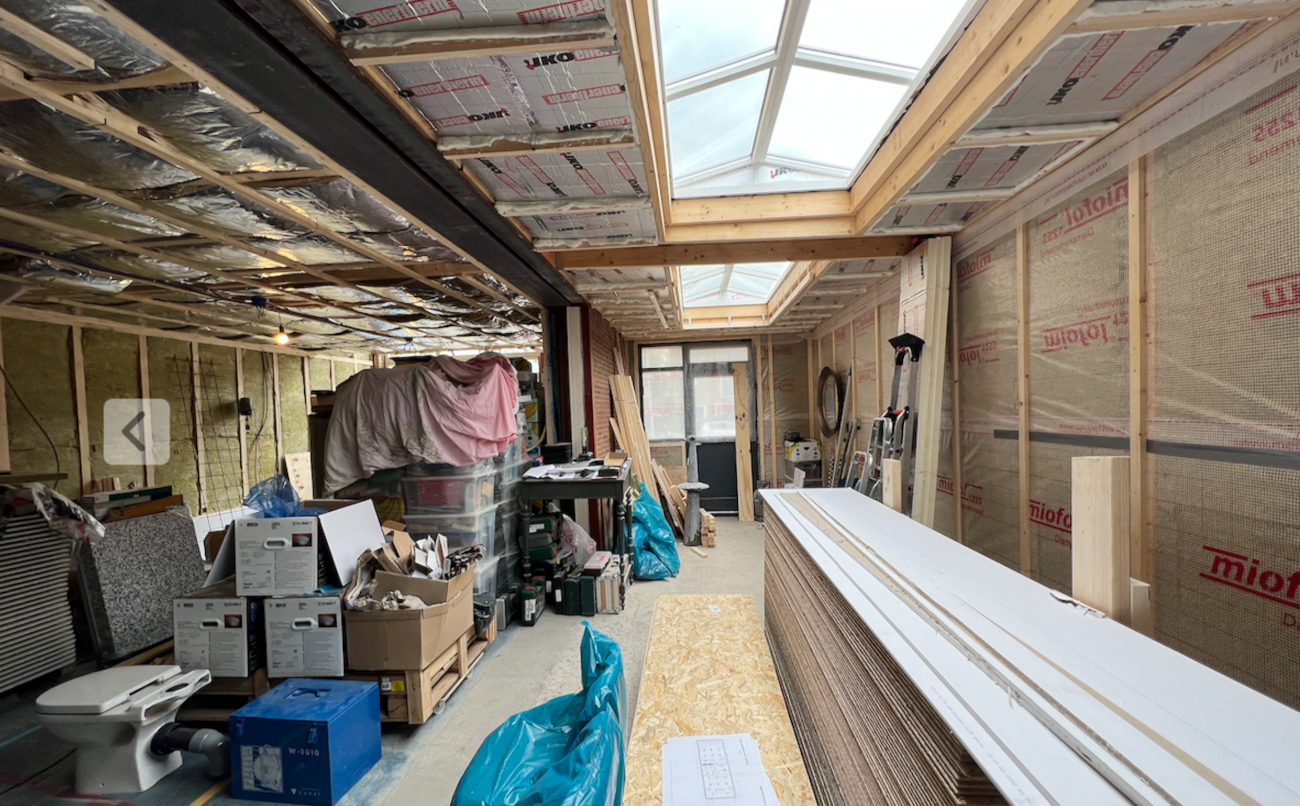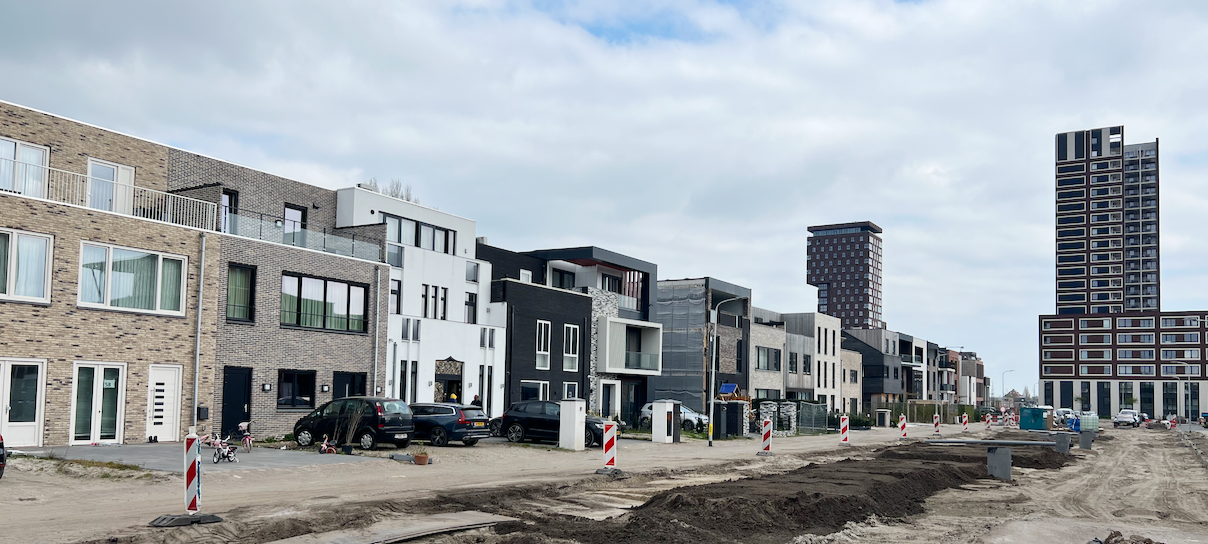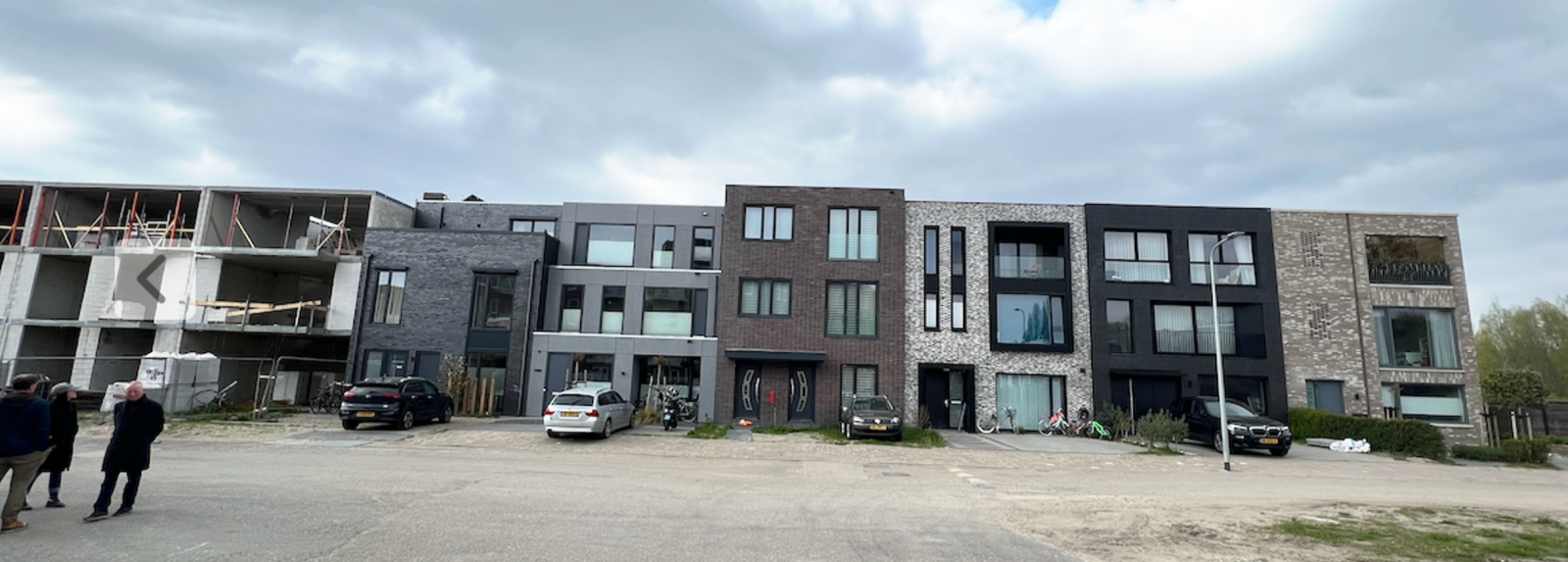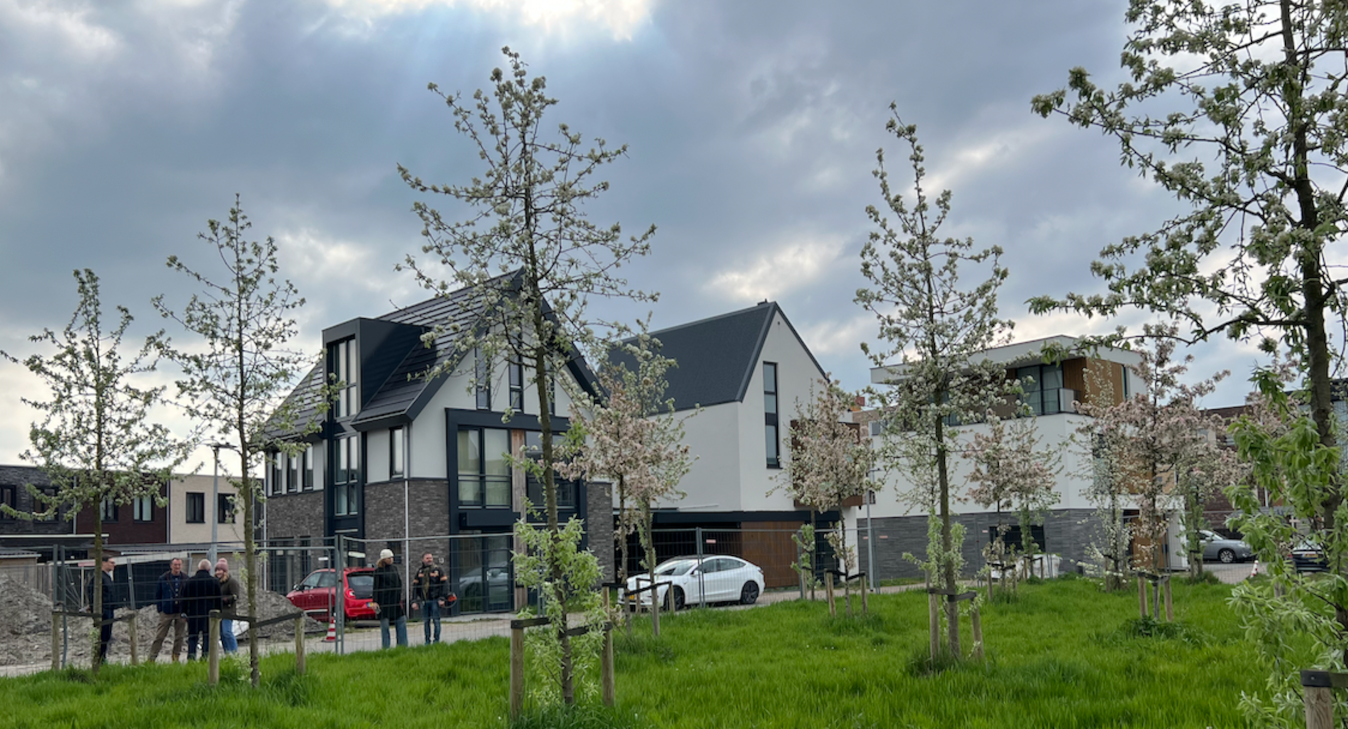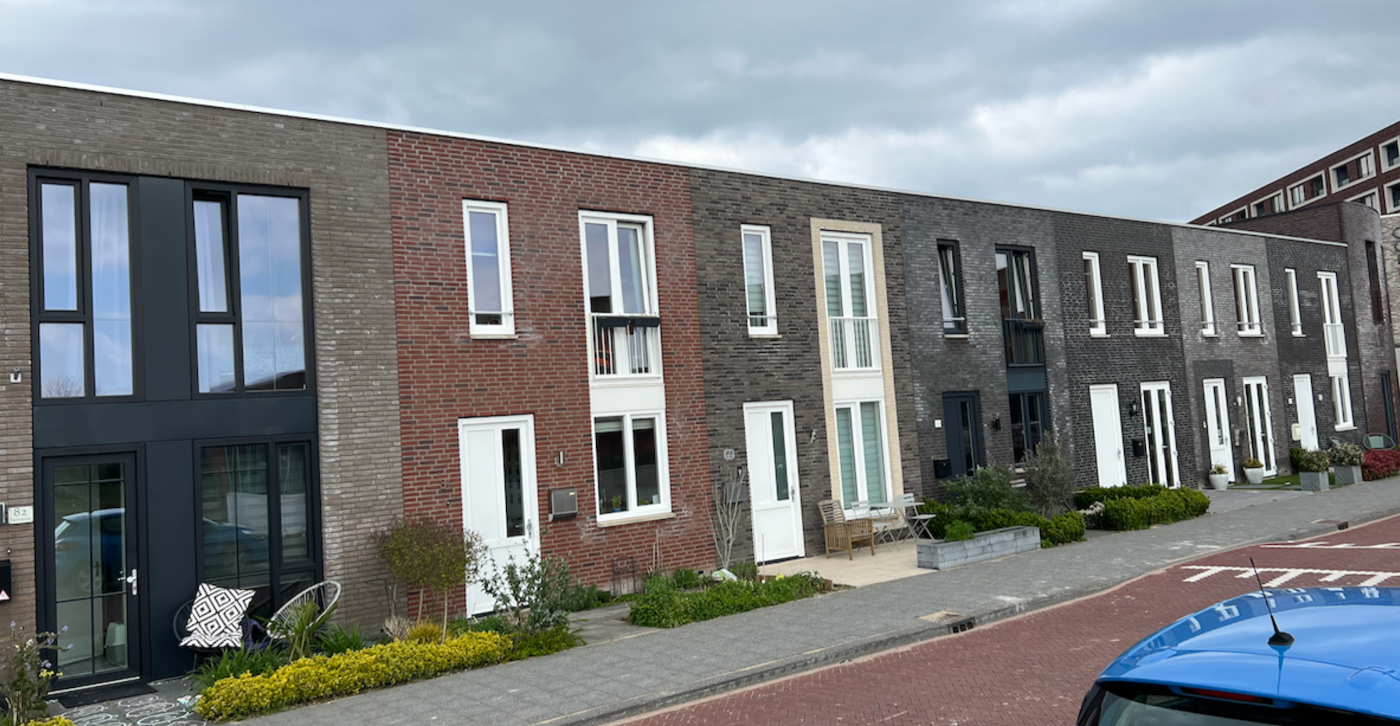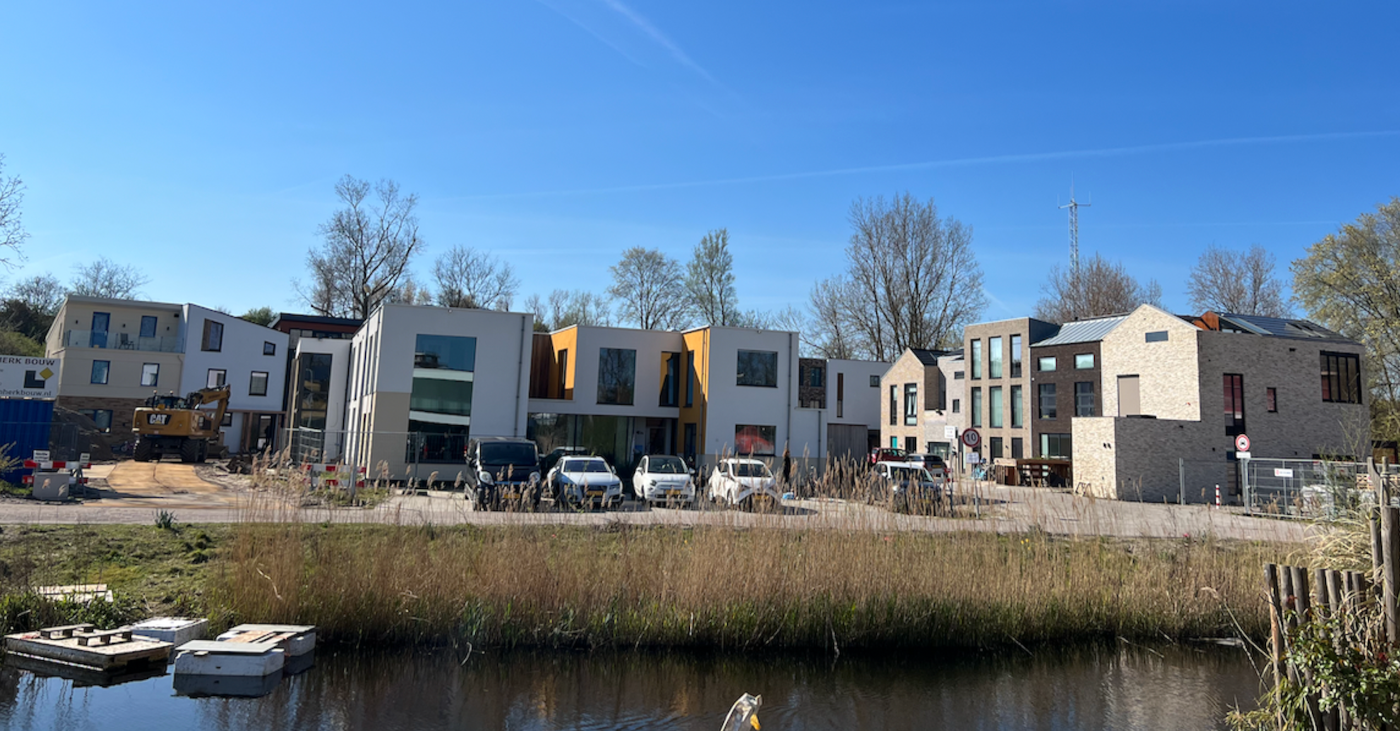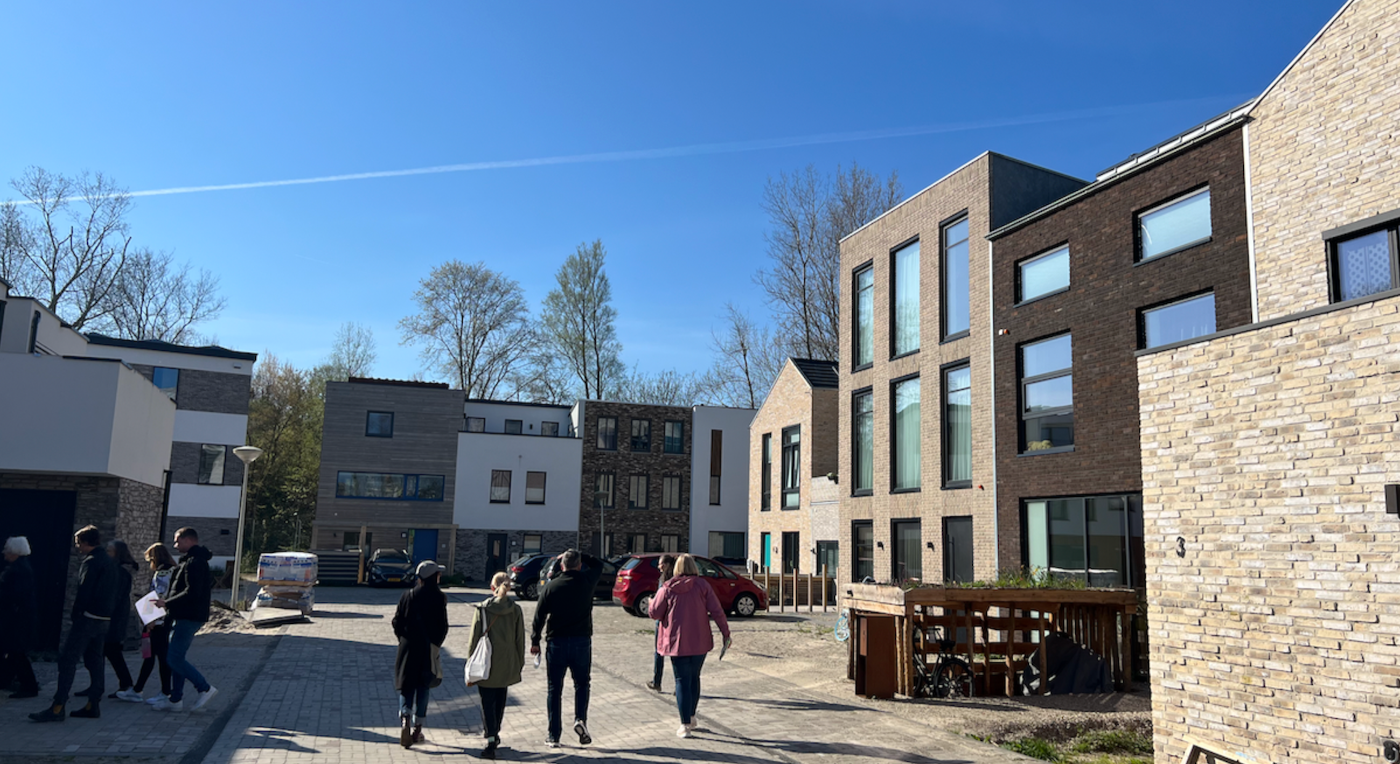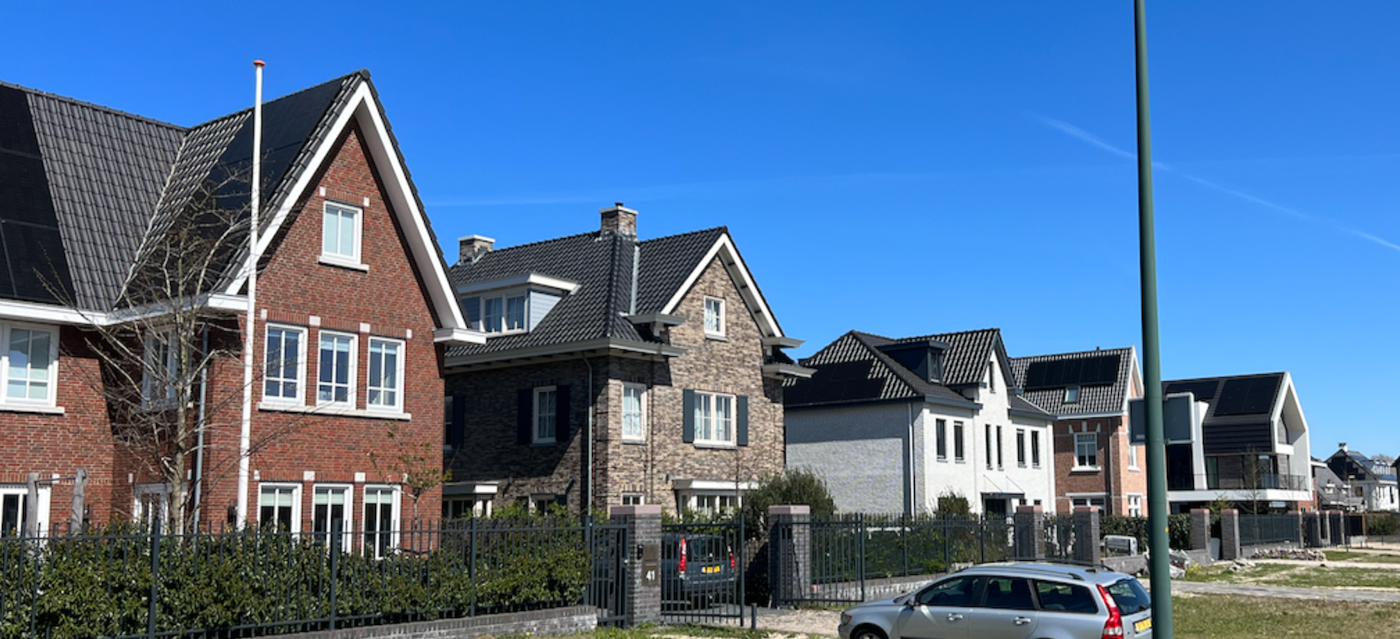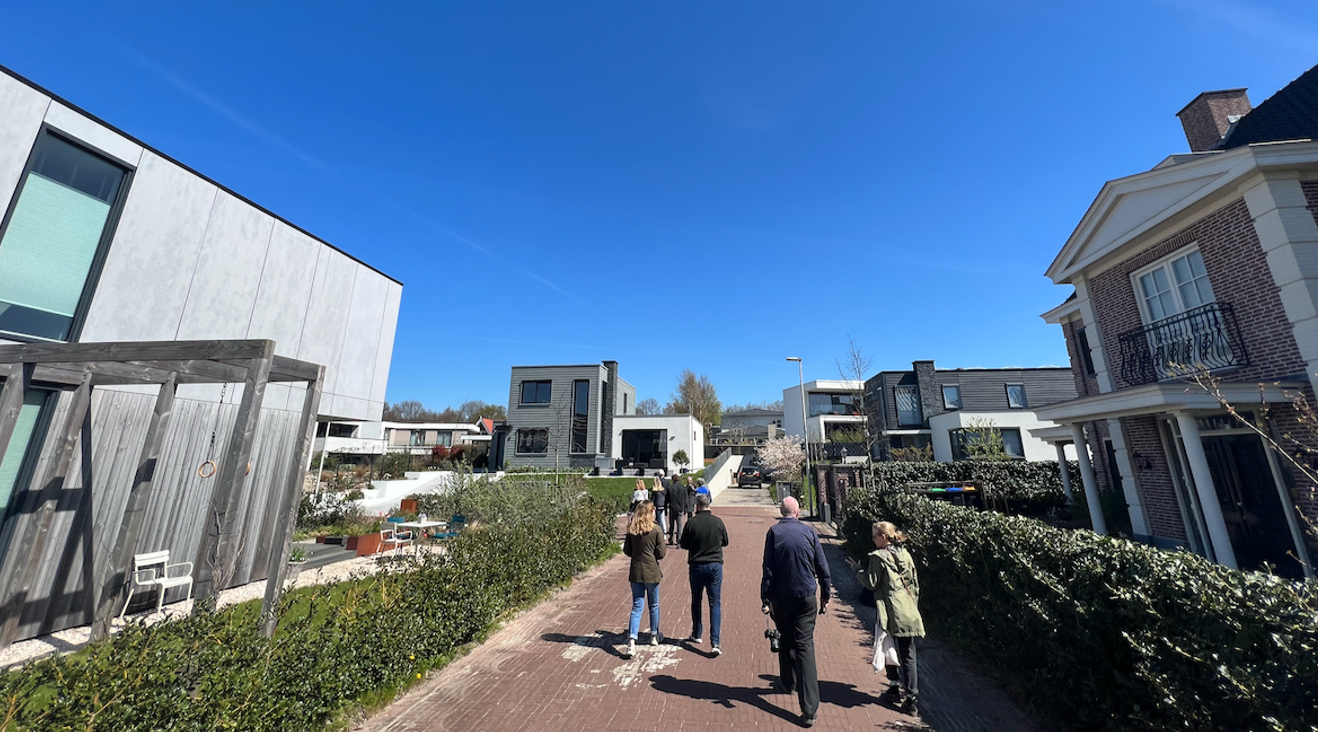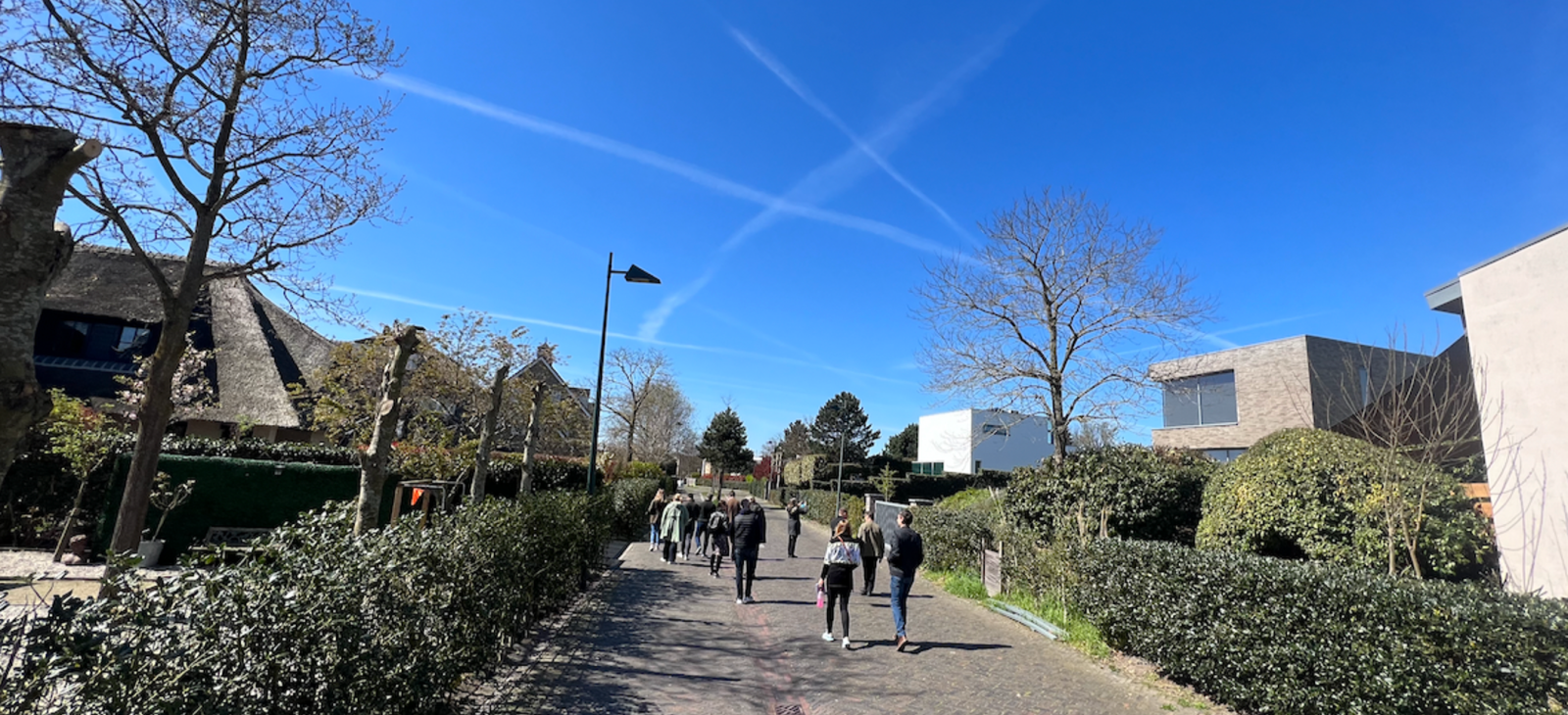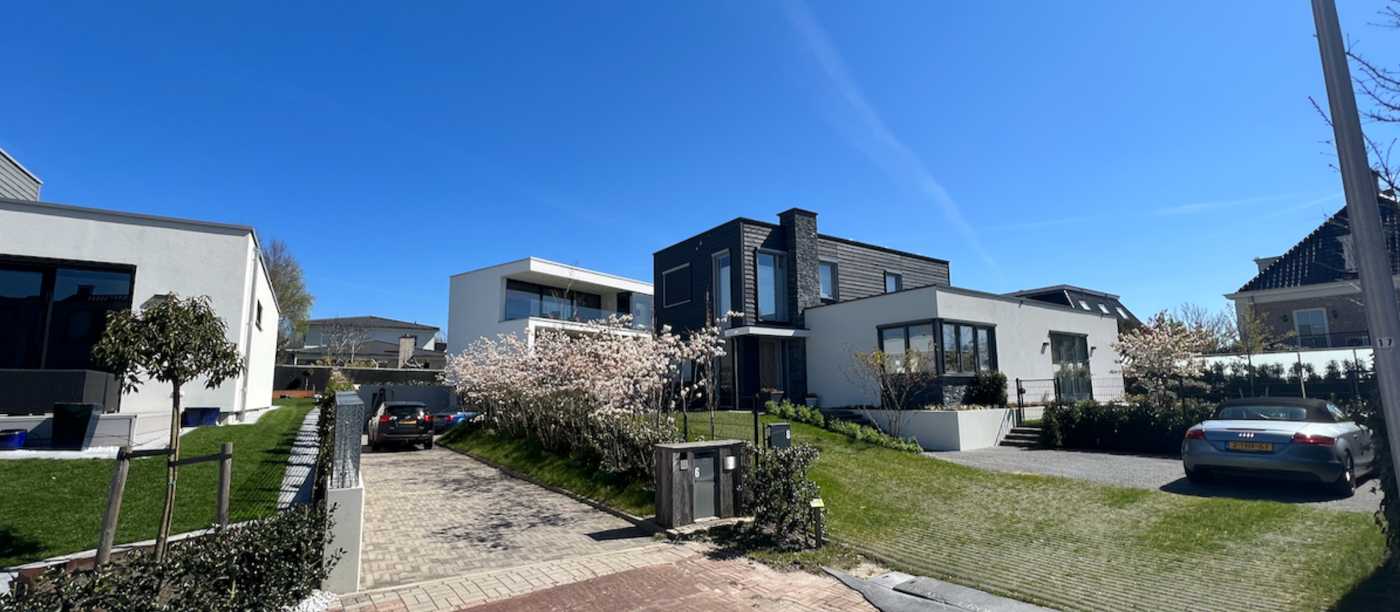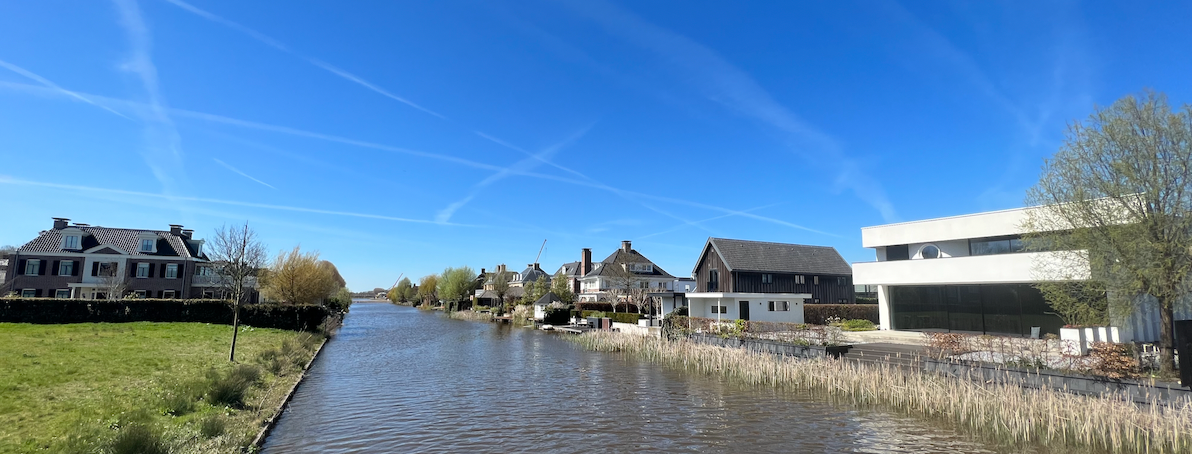On the 18-19 April the Right to Build Task Force returned to The Netherlands for its third study trip to experience custom and self build sites.
With a focus on delivery and the policy environment that allowed the sites to emerge, the trip was curated by Steenvlinder, with BuildStore sponsoring the event. Each site had experts on hand involved with the project, including self builders who invited delegates into their homes to hear their stories.
Delegates included public and private practice planners and enablers/developers working in the sector as well as delegates from the Department of Levelling Up Housing and Communities and Homes England.
This trip took in sites previously not visited by the Task Force, many of which emerged due to local town council or policy support, often stemming back to interventions from the 2007 financial crisis to stimulate building.
A masterclass by the Right to Build Task Force is planned for late June to share some of the learnings from the visit – we will share this with members once live.
Sites visited included:
Large-scale mixed self build site
Centrumeiland, Amsterdam
Centrumeiland is a largescale site with a focus on self provided housing delivered in a range of ways on land reclaimed from the sea. 70% of the 1,700 homes are some form of owner-commissioned home.
Approaches included:
- Individual self builds – most of which are terraced houses built as detached houses with a temporary side wall treatment. The adjacent home is then built flush with this.
- Group self builds where several self builders work together to design and commission a home in an apartment block, effectively building together.
- Custom build where a group builds under a developer-led scheme – again typically apartments.
- Cohousing approaches
- Affordable homes
Typically streets are made up of apartment blocks on the corners with terraces of self builds/smaller group builds between these larger bookend buildings.
School refurb to create shell apartments
De Bovenboog, Uithoorn
Rather than demolish an obsolete school, Steenvlinder acted as the enabler to create 17 shell apartments. Self builders then take these on commissioning the works to take the shells through to completion, with many taking on work themselves.
These include an option to rent and purchase later to create a more affordable option (which includes a budget for work), or self builders could purchase the shell from the start. Purchasers were able to buy more than one unit to create a larger footprint.
Mixed self build residential area
Deelplan 20, The Hague
This site included a mix of homes, including terraces of self build houses, terraces of affordable self builds and a small number of premium self build detached homes.
Larger apartment blocks intersperse the site, for co-commissioned self build apartments, affordable housing and cohousing. In total there are 100 plots, with a central triangle of detached homes surrounding a small green, with an out triangle of terraced streets.
The site is approaching completion, with the final infrastructure and streetscapes being finalised once the last homes are completed.
I-Build Affordable
The site includes 20 homes under the I-Build Affordable model, where first time buyers with incomes between €33,000-40,000 were able to have a house built for around €220,000. Buyers commission trades to finish their home, and commission as a group solar, heat pump and soil loops as part of the deal to secure savings.
The homes are small and entry level, with market-based land prices and building costs.
Council-led mixed site
Schapenatjesduin, The Hague
A dune scheme close to the beach, with a mix of detached and terraced self builds, with affordable homes in apartment blocks, all set around a central pond. Gardens are deliberately small on the 50 plots, as the site has lots of natural space around it.
High-end detached self build site
Vroondaal, The Hague
A large-scale developer-led site with over 400 plots on former greenhouse farmland. The site evolved from an entire self build vision in response to the changing economic environment, with some of the original additional areas converting to market housing.
The area is zoned, with themes such as local vernacular, modern homes or traditional materials, with each self build having to meet its zone’s design requirements. Designs are signed off by a committee prior to submission to planning, while the design code sets out boundary treatments, typically hedging, to unify the site.
Homes tend to be large, with a wide variety of styles and materials on narrow paved lane-style roads that create a popular and appealing neighbourhood.

